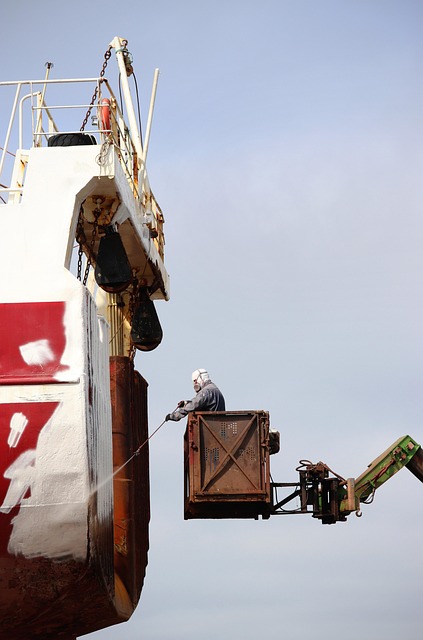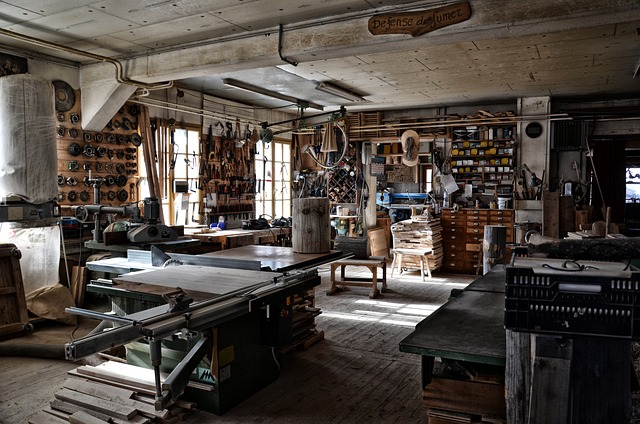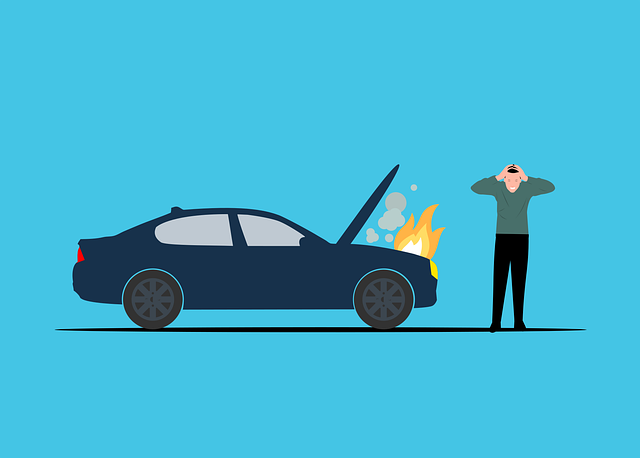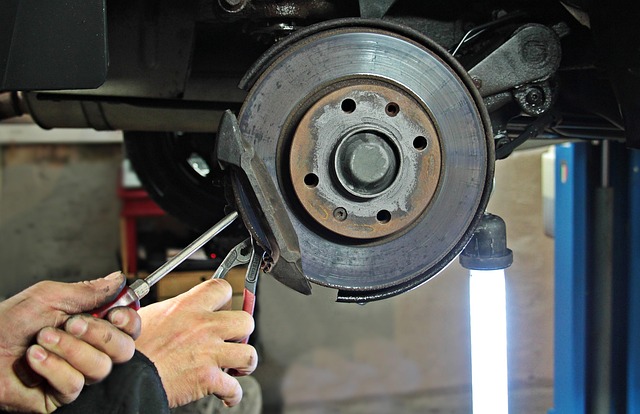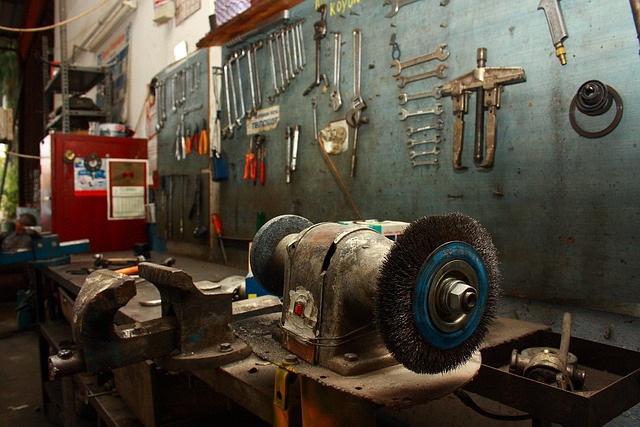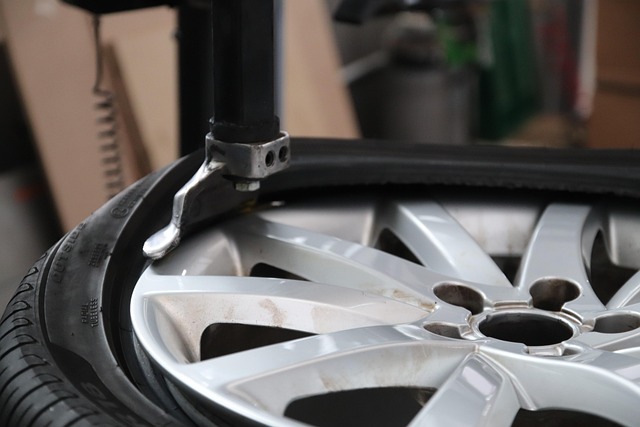Vehicle crash repair is a meticulous process combining automotive engineering and stringent safety standards. It starts with damage assessment, from minor cosmetic issues to severe structural problems like auto frame repair, followed by skilled technicians executing repairs, including auto painting. The goal is to restore vehicles to pre-accident condition while maintaining functionality and structural integrity, adhering to strict guidelines. Safety standards, driven by regulations, dictate best practices and foster technological advancements, improving driving conditions and vehicle resale value. Consumer protection is paramount, with regulatory compliance ensuring high-quality repairs and enhancing road safety.
Vehicle crash repair is a critical process that ensures safety and functionality after accidents. As vehicles become increasingly complex, understanding the intricate crash repair processes is essential. This article delves into three key aspects: exploring the step-by-step vehicle crash repair procedures, analyzing the profound impact of safety standards on repair quality and technology, and emphasizing the importance of consumer protection through regulatory compliance. By examining these elements, we shed light on the vital role safety standards play in the realm of vehicle crash repair.
- Understanding Vehicle Crash Repair Processes
- The Impact of Safety Standards on Repair Quality and Technology
- Ensuring Consumer Protection through Regulatory Compliance
Understanding Vehicle Crash Repair Processes

The process of vehicle crash repair is a meticulous art that requires a deep understanding of both automotive engineering and safety standards. It involves a series of steps designed to restore damaged vehicles to their pre-accident condition, ensuring they are safe for the road again. The journey begins with a thorough inspection, where skilled technicians assess the extent of the damage, from dents and scratches to more severe structural issues like auto frame repair.
This initial evaluation guides the subsequent repairs, which often include specialized services such as auto painting to match the vehicle’s original finish perfectly. Every component is treated uniquely, be it fixing minor cosmetic dents or realigning frames, ensuring each part meets the highest safety standards. The goal is not just to fix but to restore the vehicle’s functionality and structural integrity while adhering to strict guidelines, making vehicle crash repair a critical aspect of maintaining a safe automotive industry.
The Impact of Safety Standards on Repair Quality and Technology

Safety standards play a pivotal role in shaping the landscape of vehicle crash repair, influencing both the quality of repairs and the technologies employed. Stringent safety regulations force repair shops to adopt best practices and advanced techniques, ensuring that vehicles return to the road in as close to their original condition as possible. This emphasis on safety drives innovation within the auto body services industry, pushing for better materials, precision engineering, and cutting-edge equipment.
The impact is evident in various aspects of crash repair. For instance, strict standards often necessitate meticulous auto frame repair techniques to maintain structural integrity without compromising safety. Similarly, high-quality auto body painting becomes crucial to match original finishes accurately, enhancing both aesthetics and vehicle resale value. These safety-driven advancements not only contribute to safer driving conditions but also foster a more robust and technologically advanced vehicle crash repair ecosystem.
Ensuring Consumer Protection through Regulatory Compliance
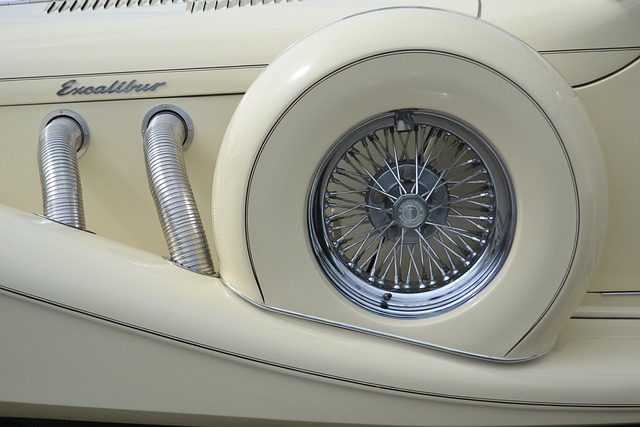
In the realm of vehicle crash repair, ensuring consumer protection is paramount. Regulatory compliance plays a crucial role in upholding safety standards, fostering trust among vehicle owners. Stringent regulations mandate that repair facilities adhere to specific protocols, guaranteeing the quality and integrity of subsequent repairs. This includes meticulous procedures for auto glass repair, tire services, and overall vehicle repair services, all designed to restore vehicles to their pre-crash condition or better.
By enforcing these standards, regulatory bodies shield consumers from subpar work and potential risks. It also encourages repair shops to stay updated with the latest technologies and techniques in vehicle crash repair, thereby enhancing road safety for all. This harmonious balance between regulation and innovation ensures that both vehicles and their occupants remain protected, even after a collision.
Vehicle crash repair is a critical process that demands stringent safety standards to ensure the well-being of drivers and passengers. By adhering to regulatory compliance, the automotive industry can foster innovation in repair technology while prioritizing consumer protection. Understanding the intricate crash repair processes and their impact on vehicle safety has led to significant advancements, making modern vehicles safer than ever before. These efforts collectively contribute to a more secure motoring experience, underscoring the vital role of safety standards in vehicle crash repair.
